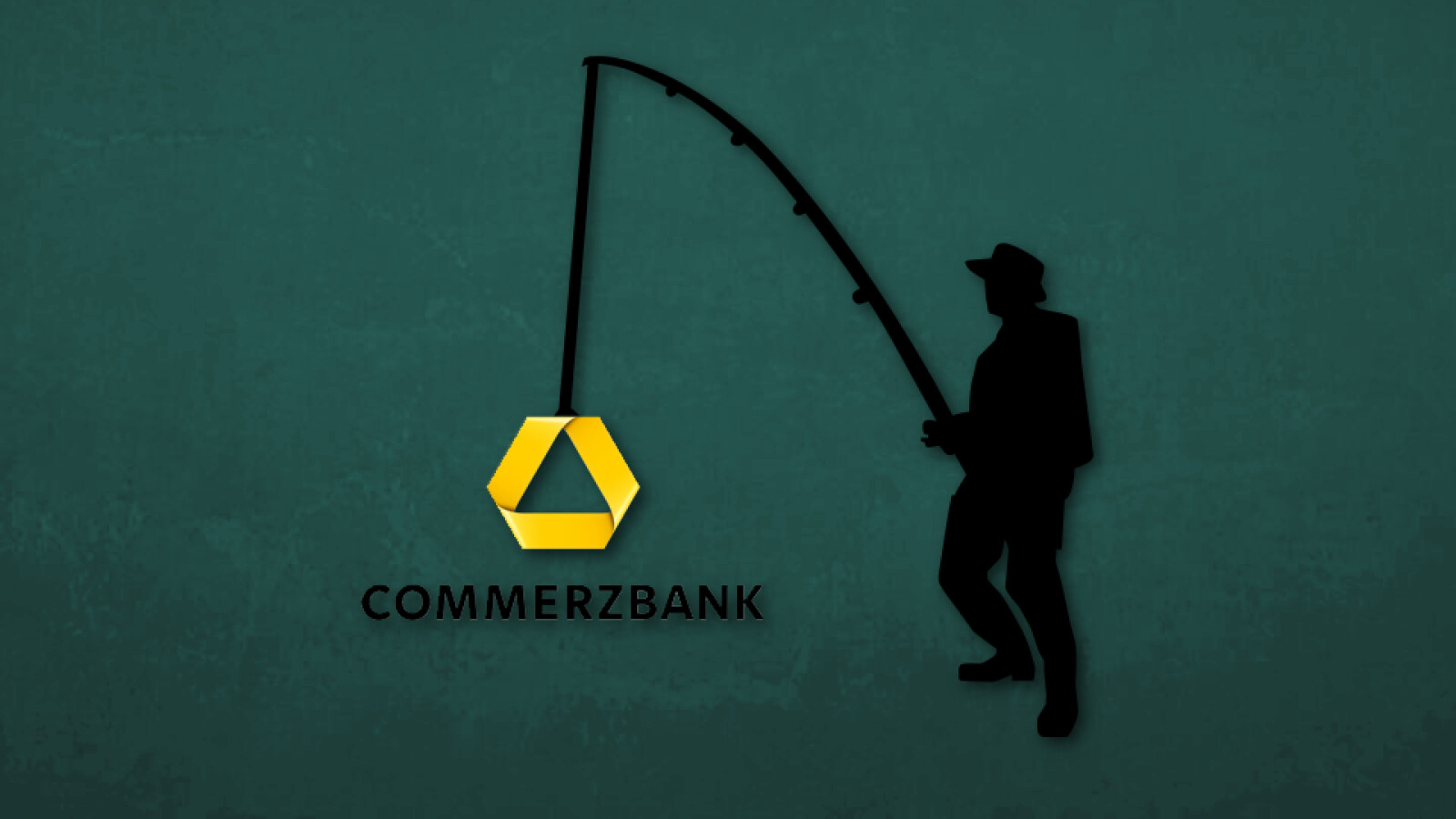Phishing scammers want to lure you into a trap with one of their scams and thus get hold of your Commerzbank data. This is how you recognize the attempted fraud.
Commerzbank phishing (Source: Verbraucherzentrale)
- Commerzbank customers are being targeted by phishing scammers.
- The activation of the PhotoTAN serves as a pretext for the data theft.
- Despite the direct address, it is a phishing email.
In order to get hold of your sensitive information and bank details, cybercriminals regularly try to lure you into phishing traps and pretend to be your bank. At the moment you have to be particularly careful if you are a Commerzbank customer. If you recognize the scam in time, you can protect yourself and your account.
The dangerous message is sent with the subject “PhotoTAN risk warning”. This will give you an understanding of the importance of the “Commerzbank PhotoTAN” function. It is important for secure payments and transfers. In order for this security to continue to be maintained, an update is necessary. With a click on the button “Start with the activation” the supposedly necessary process should be started.
Under no circumstances should you follow this request. As reported by the consumer advice center, the link leads to a fake Commerzbank website. This will then ask for the data that the scammers need to gain access to your account.
The personal salutation makes the message appear serious at first glance. However, based on the dubious sender address, it can quickly be identified as a phishing email. Pay no further attention to this attempted scam and send it to the spam folder.
Simple signs: This is how you recognize every phishing email
A first indication that you have received a phishing email: the email will ask you to confirm personal data or to enter it on a website. This Under no circumstances should you comply with the request. In addition, criminals often use the official logos of the companies they are copying in their emails, but not official sender addresses.
If you find the sender suspicious, you should read the email twice. You will often find spelling mistakes or inconsistencies in German grammar. The attackers usually do not write their emails themselves, but instead use automatically generated messages or translate known emails with a translation program. But why all the effort?
What do criminals achieve with phishing attacks?
Phishing is used on the Internet to collect real user data. Money can be made with these if e-mail addresses, names and other information are sold for advertising purposes or passed on in criminal forums. With the data obtained, cyber criminals can also address future phishing attacks in a more targeted manner, making their attacks more effective.
Did you receive a suspicious email?
Forward them to [email protected]
or follow us on:
Phishing Checklist
- ✔
Spelling mistake? - ✔
Sensitive data requested? - ✔
Official logos? - ✔
Unknown sender?
Attachments and links contained in malicious e-mails also often inject malware or viruses onto your computer. In addition, you should not simply ignore suspicious emails. Forward them to the above email address and help us report future phishing attacks.
More fraud alerts on netzwelt – stay one step ahead of cybercriminals
But phishing emails are not the only danger lurking on the internet. In addition to fraud attempts, there are all kinds of viruses, Trojans and malware that can infect your computer. Unfortunately, data scandals are also part of everyday digital life. You can see the five most recent articles on the subject of “Scam Alerts” below:
Do you want to stay informed about the latest fraud reports, Subscribe to netzwelt on Twitter, Facebook and Instagram. You can also find all articles on the subject on the next page.
Don’t miss anything with the NETWORK-Newsletter
Every Friday: The most informative and entertaining summary from the world of technology!
